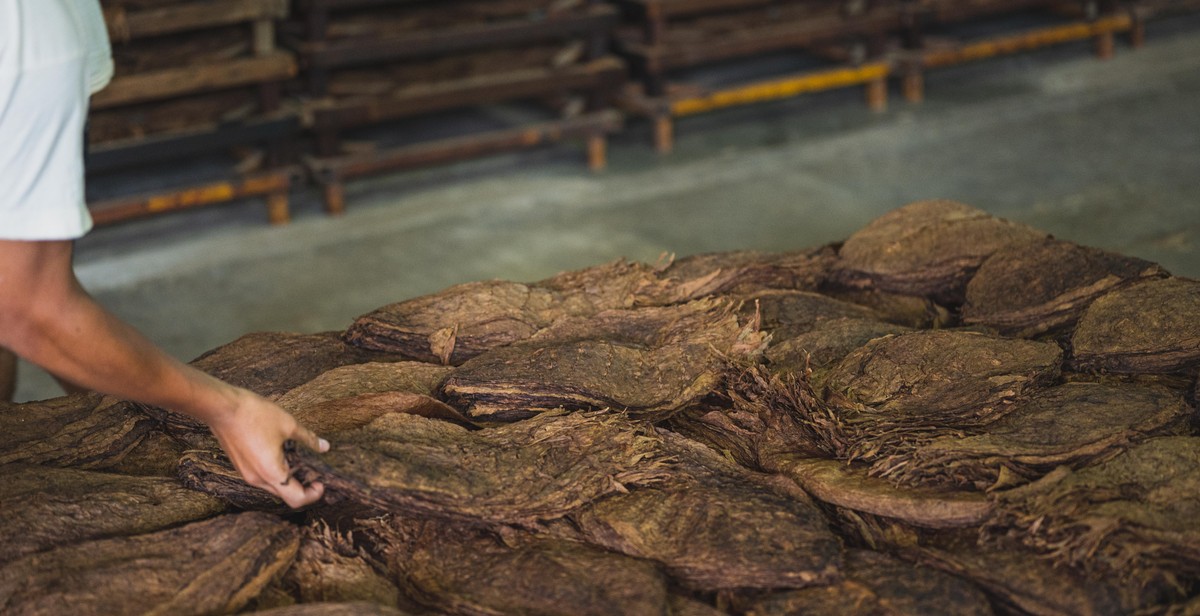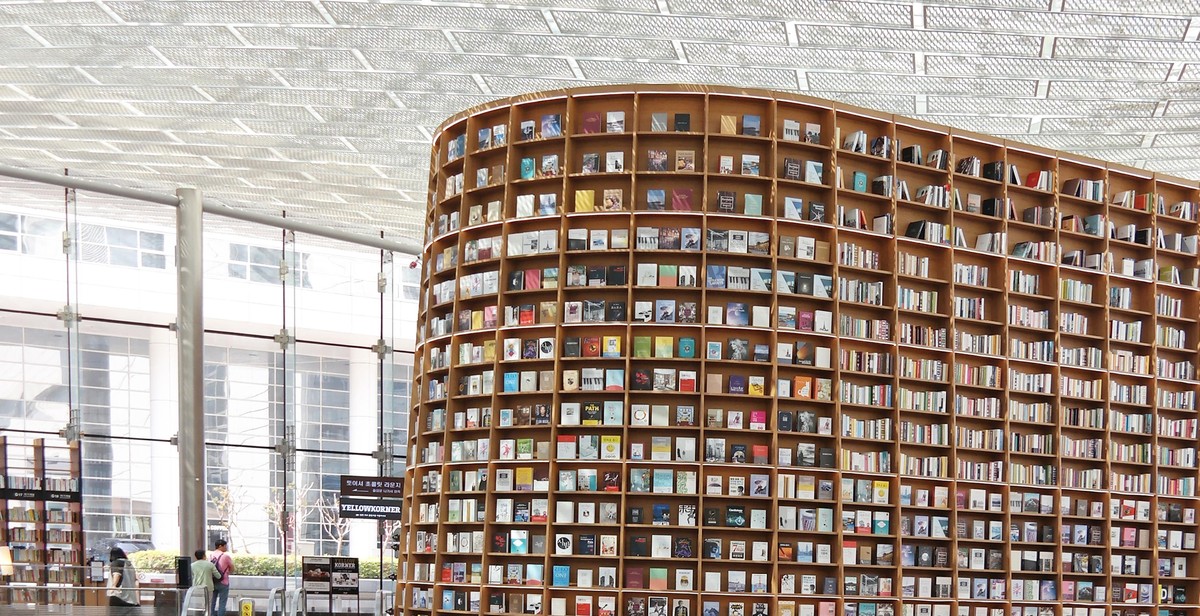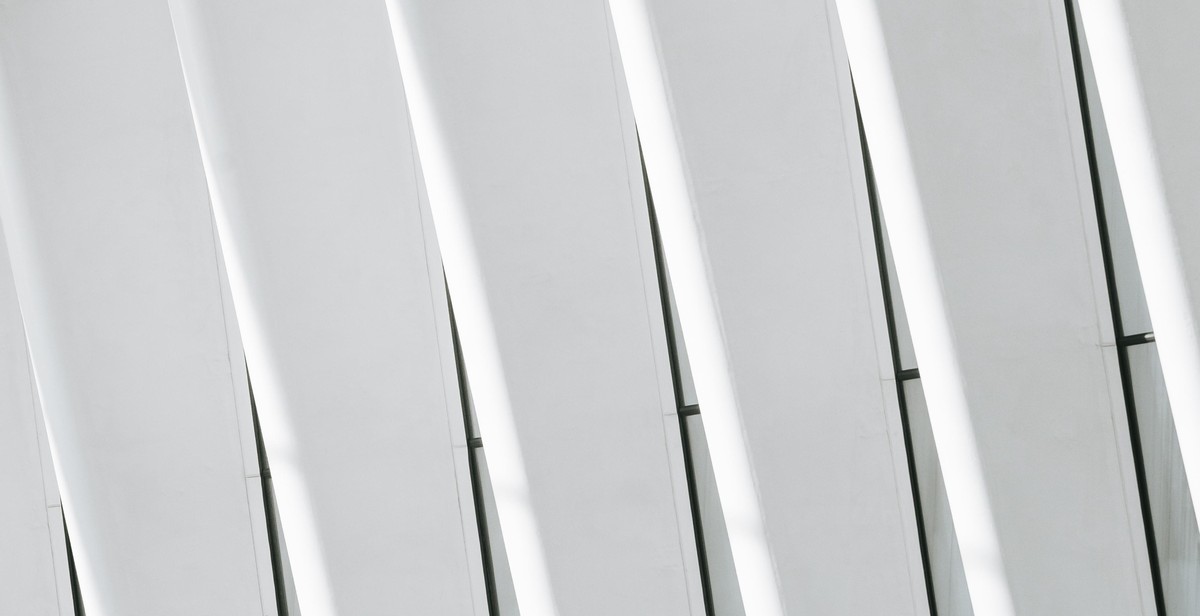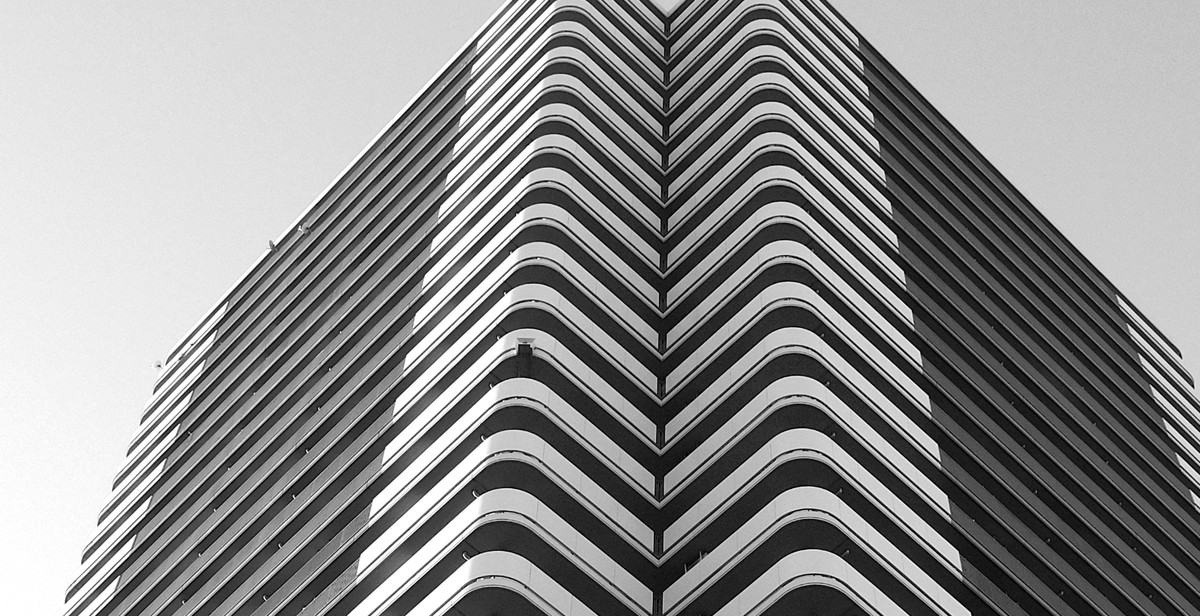Introduction
Industrial architecture is a unique form of design that has gained popularity in recent years. It involves combining raw materials and urban aesthetics to create functional and visually appealing structures. Industrial architecture is characterized by the use of materials like steel, concrete, and glass, and has a distinct urban feel to it.
Why Industrial Architecture?
Industrial architecture is not just a trend; it is a reflection of our changing times. With the rise of urbanization and the need for sustainable development, industrial architecture has become a popular choice for many architects and designers. The use of raw materials like steel and concrete not only gives a structure its unique aesthetic but also offers durability and longevity. It is a cost-effective way of building structures that can withstand the test of time and the elements.
Incorporating urban aesthetics into industrial architecture adds a touch of modernity and sophistication to the design. The use of glass and sleek lines creates a sense of openness and transparency, which is essential in today’s world. It allows natural light to flow in, creating a bright and welcoming atmosphere.
Overall, industrial architecture is an innovative way of designing structures that are not only functional but also visually appealing. It offers a unique blend of raw materials and urban aesthetics that is both practical and sustainable. In this article, we will discuss how to design an industrial architecture by incorporating raw materials and urban aesthetics.

Incorporating Raw Materials
One of the key elements of industrial architecture is the use of raw materials. Incorporating raw materials into your design can create a unique and interesting aesthetic that is both visually appealing and functional. When choosing the right materials, there are a few things to keep in mind.
Choosing the Right Materials
When selecting raw materials for your design, it is important to consider their durability, sustainability, and cost-effectiveness. Materials such as brick, concrete, and steel are popular choices for industrial architecture due to their strength and longevity. Additionally, using sustainable materials like reclaimed wood or recycled metal can add an eco-friendly element to your design.
Another factor to consider when choosing materials is their aesthetic appeal. Raw materials like exposed brick or concrete can add a unique and interesting texture to your design, while metal accents can create a sleek and modern look.
Using Weathered Materials
Weathered materials can add character and charm to your industrial design. Using materials that have been aged or distressed can create a sense of history and authenticity. For example, incorporating reclaimed wood into your design can add warmth and texture, while rusted metal accents can create an industrial chic vibe.
Creating Texture and Contrast
Texture and contrast are important elements of industrial design. Using a variety of materials and finishes can create an interesting and dynamic look. For example, pairing rough, textured materials like brick or concrete with smooth, polished surfaces like metal or glass can create a striking contrast.
Additionally, incorporating natural elements like plants or water features can add a softer, more organic feel to your design. Using materials like stone or wood can also create a warm and inviting atmosphere.
| Material | Pros | Cons |
|---|---|---|
| Brick | Durable, fire-resistant, low maintenance | Expensive, heavy, limited color options |
| Concrete | Durable, fire-resistant, versatile | Can crack over time, requires sealing |
| Steel | Strong, lightweight, recyclable | Can rust over time, can be expensive |
| Reclaimed Wood | Eco-friendly, adds warmth and texture | Can be costly, limited availability |
| Recycled Metal | Eco-friendly, adds a modern edge | Can be difficult to source, limited color options |
Overall, incorporating raw materials into your industrial design can create a unique and visually appealing space. By choosing the right materials, incorporating weathered elements, and creating texture and contrast, you can create a space that is both functional and beautiful.

Embracing the Industrial Look
Industrial architecture is all about embracing the raw and unfinished look of materials such as concrete, brick, and metal. To achieve this look, it is important to keep the space open and uncluttered. Exposed pipes, ducts, and beams can add to the industrial feel of the space. Incorporating salvaged materials such as wood pallets or metal scraps can also be an effective way to add character and texture to the design.
Playing with Colors
When it comes to industrial design, the color palette tends to be muted and earthy. Shades of gray, black, and brown are commonly used to create a neutral base. However, pops of color can be added to inject some personality into the space. Bright yellows, blues, and greens can be used sparingly to create a visual contrast and draw attention to specific areas of the design.
Adding Urban Elements
Urban elements are a crucial part of industrial architecture. Incorporating elements such as graffiti, street art, and murals can add an edgy and urban feel to the space. Using metal mesh screens, exposed brick walls, and concrete floors can also add to the industrial and urban feel of the design. Lighting is also an important element in industrial architecture. Using exposed bulbs, pendant lights, or industrial-style lamps can create an urban and industrial vibe to the space.
Overall, incorporating urban aesthetics into industrial architecture can create a unique and visually appealing design. By embracing the raw and unfinished look of materials, playing with colors, and adding urban elements, you can create a space that is both functional and visually stunning.

Designing Spaces
When it comes to designing an industrial architecture, incorporating raw materials and urban aesthetics are key factors to consider. However, it is equally important to create spaces that are functional, practical, and aesthetically pleasing. Here are some tips on how to design spaces that embody the industrial style while being livable and comfortable.
Open Floor Plans
An open floor plan is a hallmark of industrial architecture. It creates a sense of spaciousness and allows for natural light to flow throughout the space. To achieve this, it is important to eliminate any unnecessary walls or barriers that may obstruct the flow of natural light. This will also create a more cohesive and unified space that is perfect for entertaining and socializing.
Maximizing Natural Light
Natural light is an essential element of any industrial architecture. It is important to maximize the amount of natural light that enters the space. This can be achieved through the use of large windows, skylights, and other architectural features that allow light to permeate the space. The use of reflective surfaces and light colors will also help to amplify the amount of natural light in the space.
Creating Focal Points
Industrial architecture is known for its raw and utilitarian aesthetic. To create a more visually interesting space, it is important to incorporate focal points that draw the eye. This could be a statement piece of furniture, an exposed brick wall, or a unique light fixture. These elements will add depth and texture to the space, making it more visually interesting and engaging.
By incorporating these design elements into your industrial architecture, you can create a space that is both functional and aesthetically pleasing. By maximizing natural light, creating focal points, and utilizing an open floor plan, you can create a space that is perfect for living, working, and entertaining.

Putting it All Together
Designing an industrial architecture requires a balance between function and aesthetics. Incorporating raw materials and urban aesthetics can create a unique and visually appealing design that still meets the practical needs of the building.
Balancing Function and Aesthetics
When designing an industrial building, it is important to consider how the space will be used and what materials will be necessary to meet those needs. However, it is also important to create a design that is visually appealing and fits within the surrounding environment. Balancing these two elements can create a building that is not only functional but also adds to the overall aesthetic of the area.
Considering Sustainability
Sustainability should also be a major consideration when designing an industrial building. Using recycled or sustainable materials can reduce the environmental impact of the building, while energy-efficient systems can save on operational costs in the long run.
Collaborating with Other Professionals
Designing an industrial building is a complex process that often involves collaboration with other professionals, such as engineers, contractors, and city planners. Working together can ensure that the building meets all necessary codes and regulations while still achieving the desired aesthetic and functionality.
| Tips for Designing an Industrial Architecture |
|---|
| – Consider the building’s purpose and necessary materials |
| – Balance function and aesthetics |
| – Incorporate sustainable materials and systems |
| – Collaborate with other professionals |
By following these tips and considering all aspects of the building’s design, you can create an industrial architecture that is both functional and visually appealing, while also being sustainable and meeting all necessary regulations.
